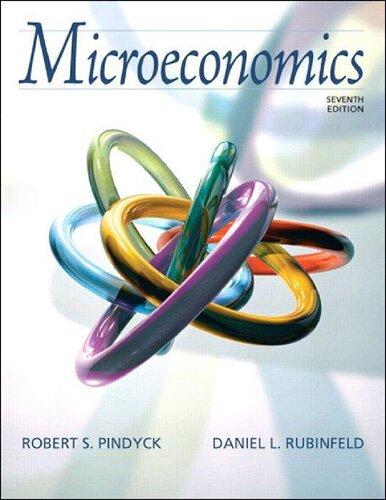1.4. Suppose the process of producing lightweight parkas by Pollys Parkas is described by the function q...
Question:
1.4. Suppose the process of producing lightweight parkas by Polly’s Parkas is described by the function q = 10K.8(L − 40).2 where q is the number of parkas produced, K the number of computerized stitching-machine hours, and L the number of person-hours of labor.
In addition to capital and labor, $10 worth of raw materials is used in the production of each parka.
a. By minimizing cost subject to the production function, derive the cost-minimizing demands for K and L as a function of output (q), wage rates
(w), and rental rates on machines (r). Use these results to derive the total cost function: that is, costs as a function of q, r, w, and the constant
$10 per unit materials cost.
b. This process requires skilled workers, who earn $32 per hour. The rental rate on the machines used in the process is $64 per hour. At these factor prices, what are total costs as a function of q? Does this technology exhibit decreasing, constant, or increasing returns to scale?
c. Polly’s Parkas plans to produce 2000 parkas per week. At the factor prices given above, how many workers should the firm hire (at 40 hours per week) and how many machines should it rent (at 40 machine-hours per week)? What are the marginal and average costs at this level of production?
Step by Step Answer:







